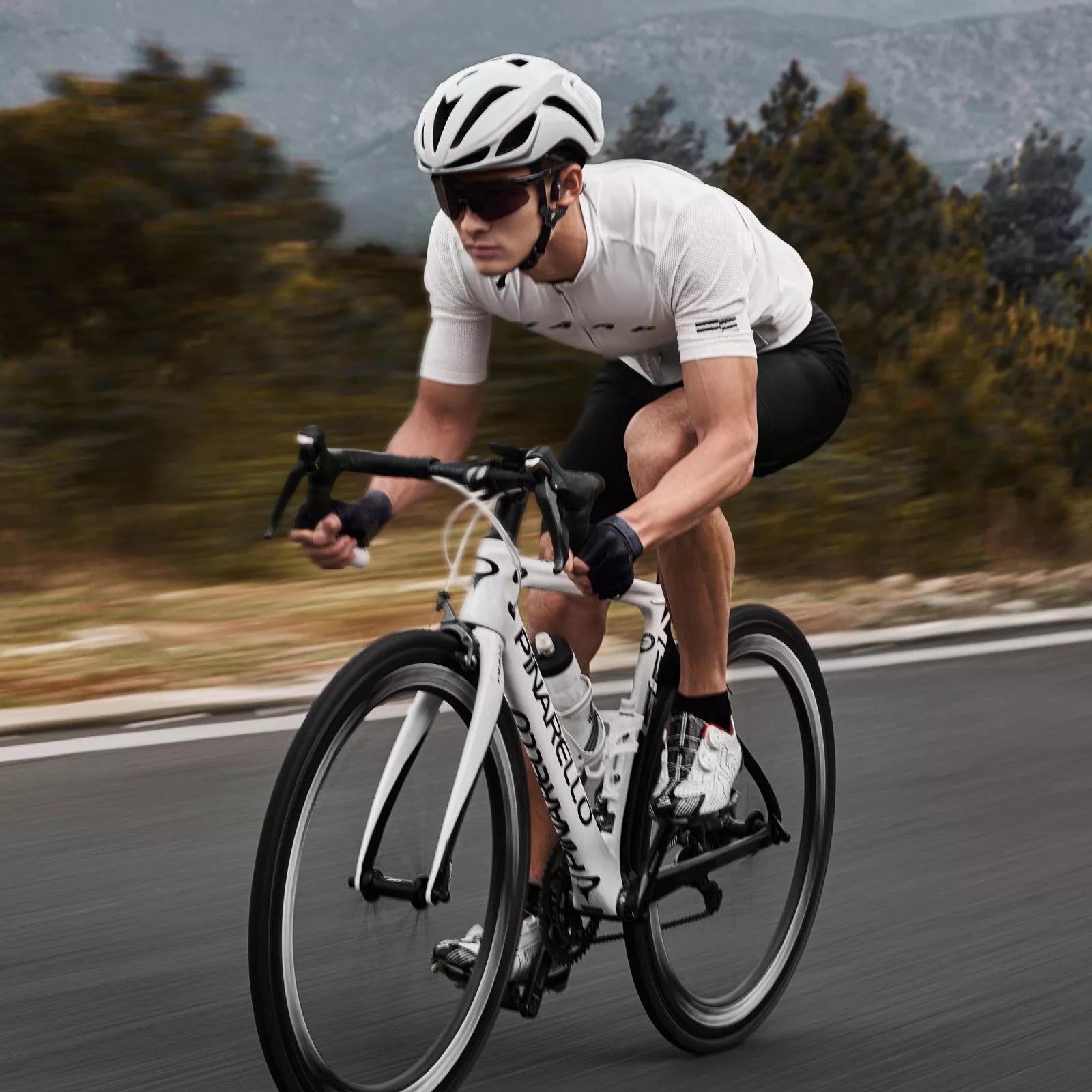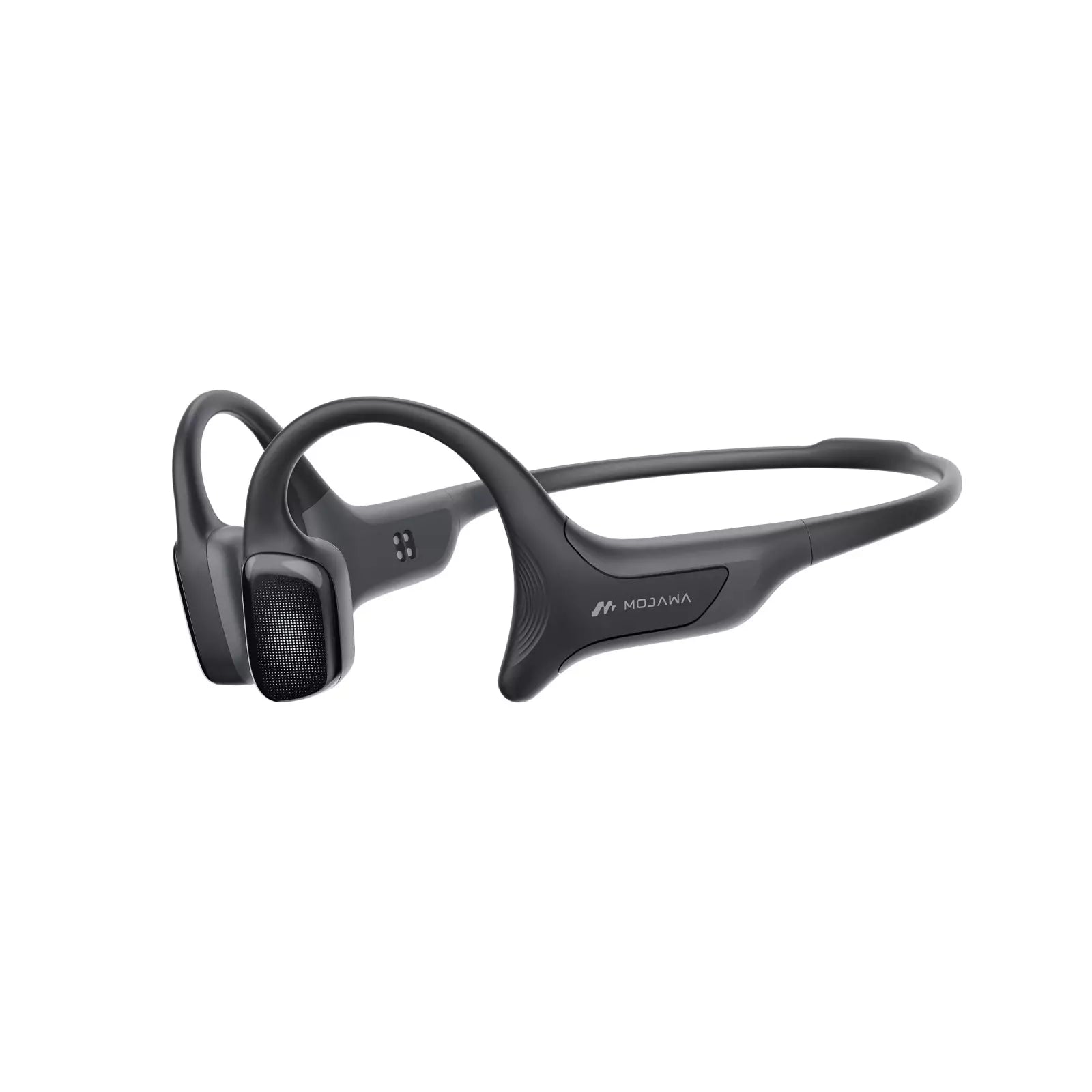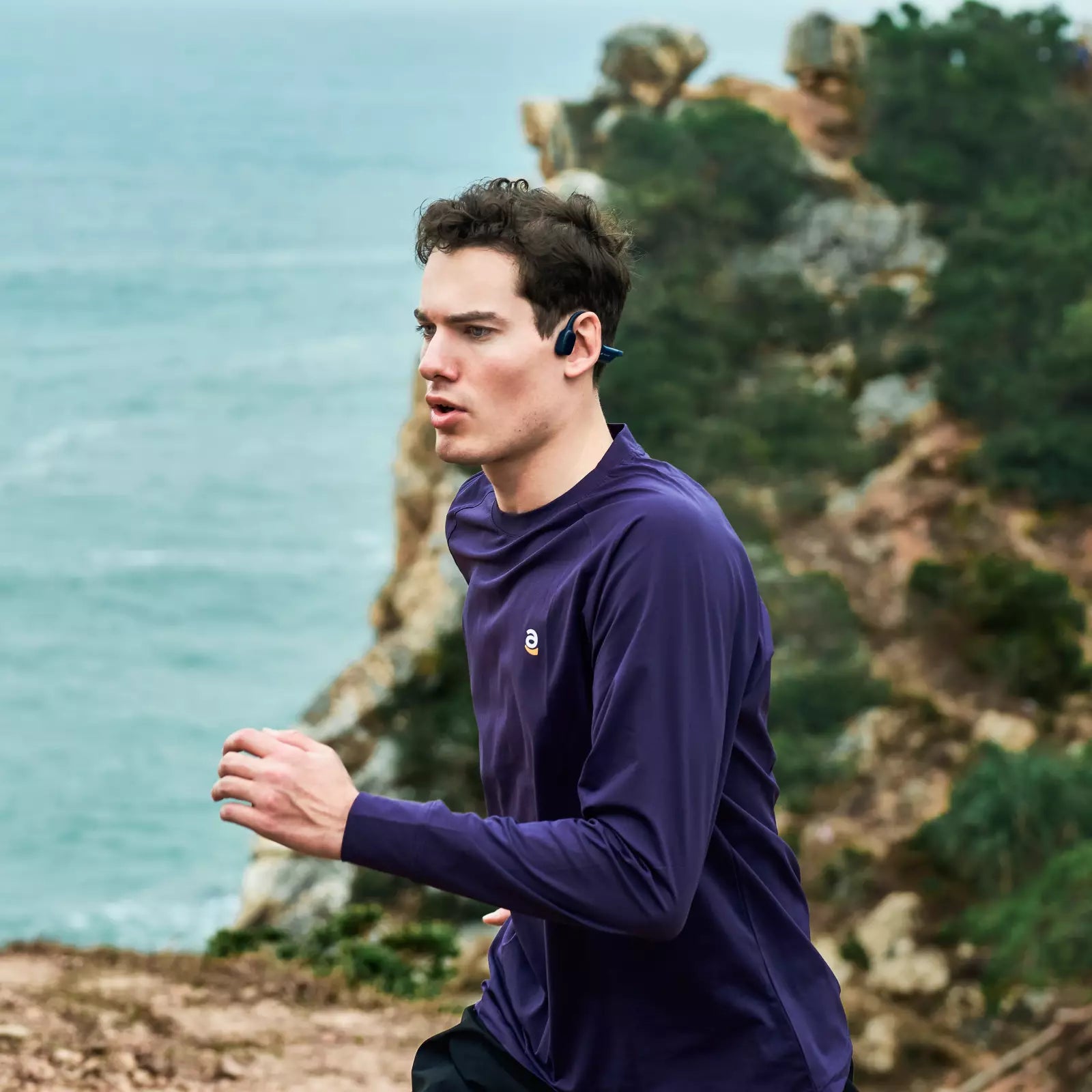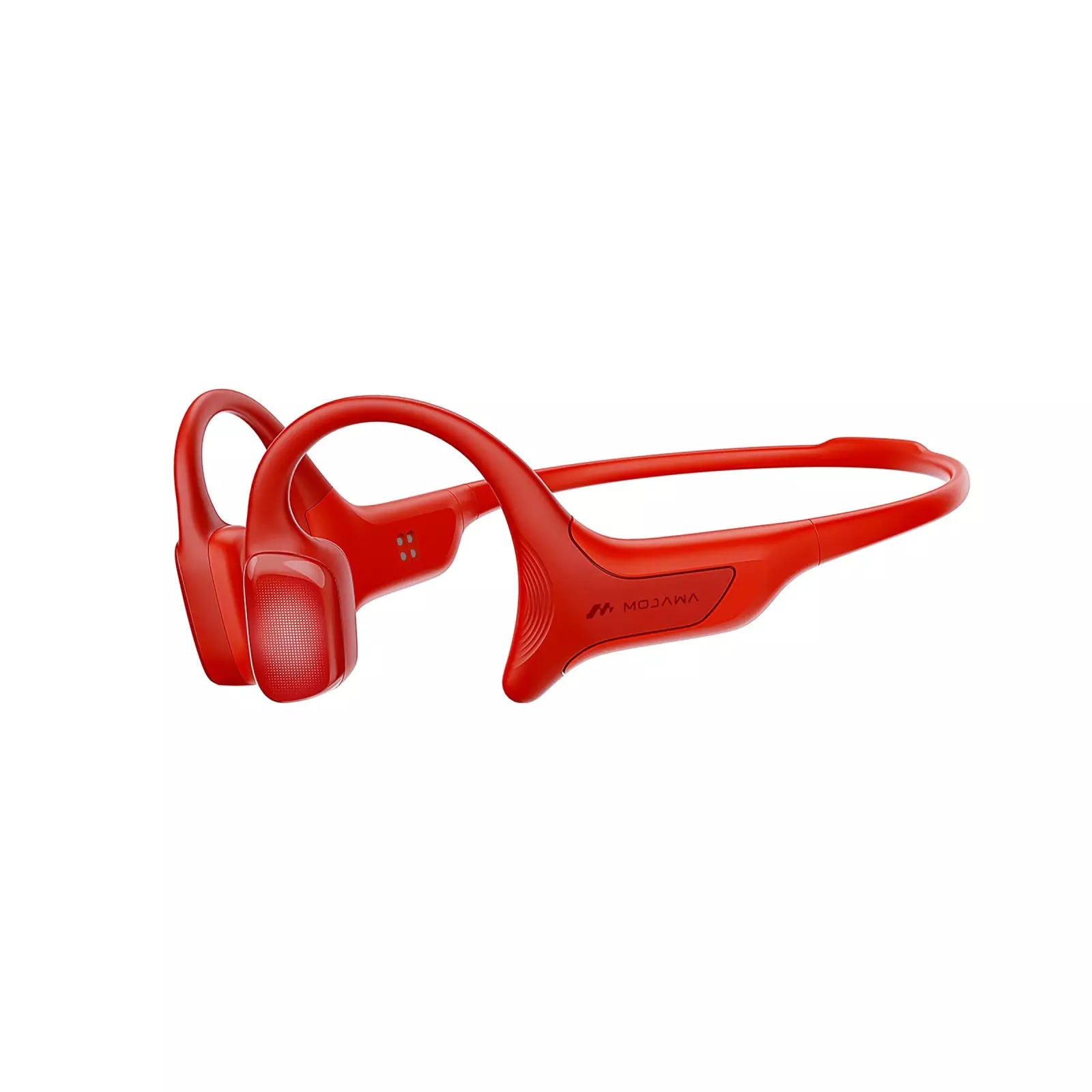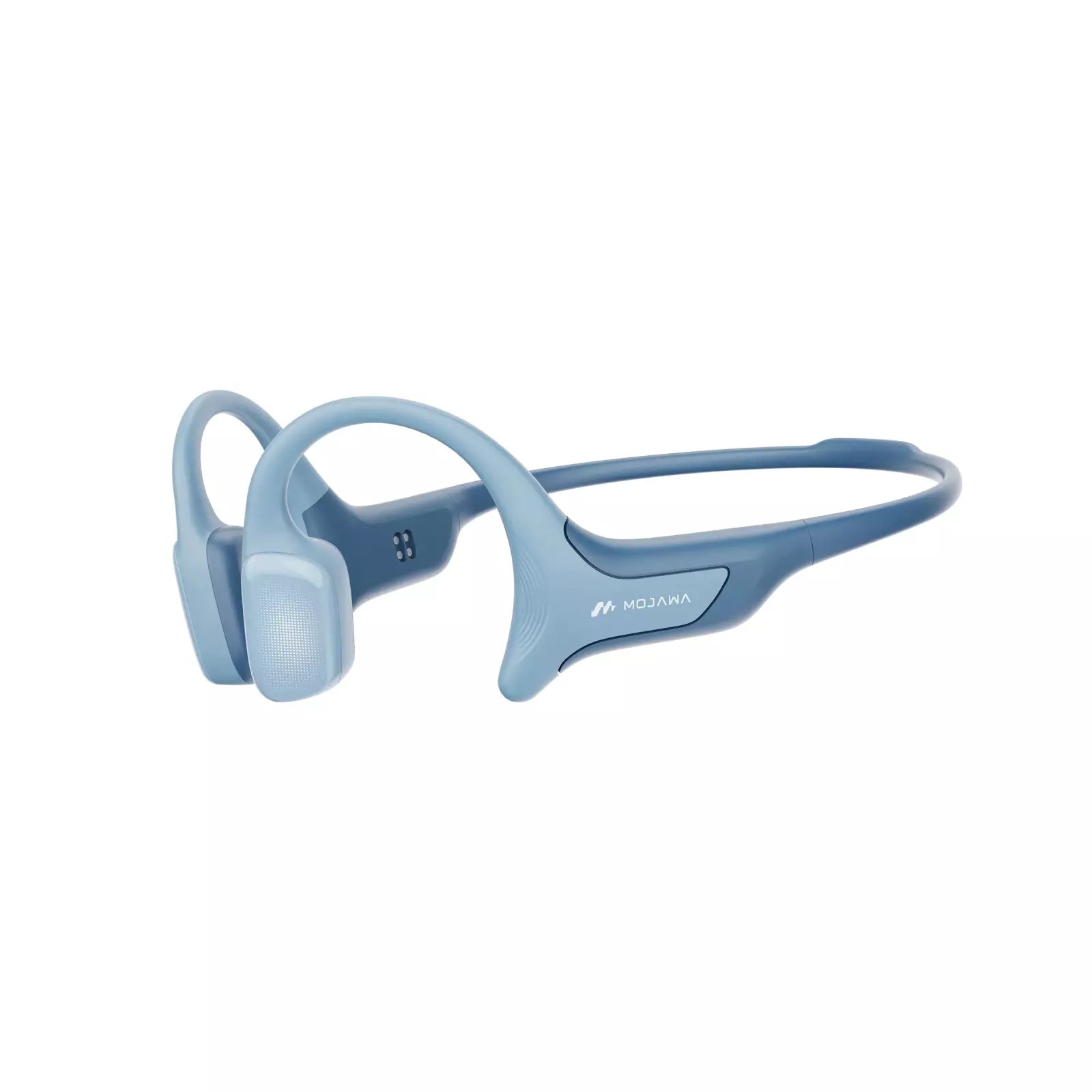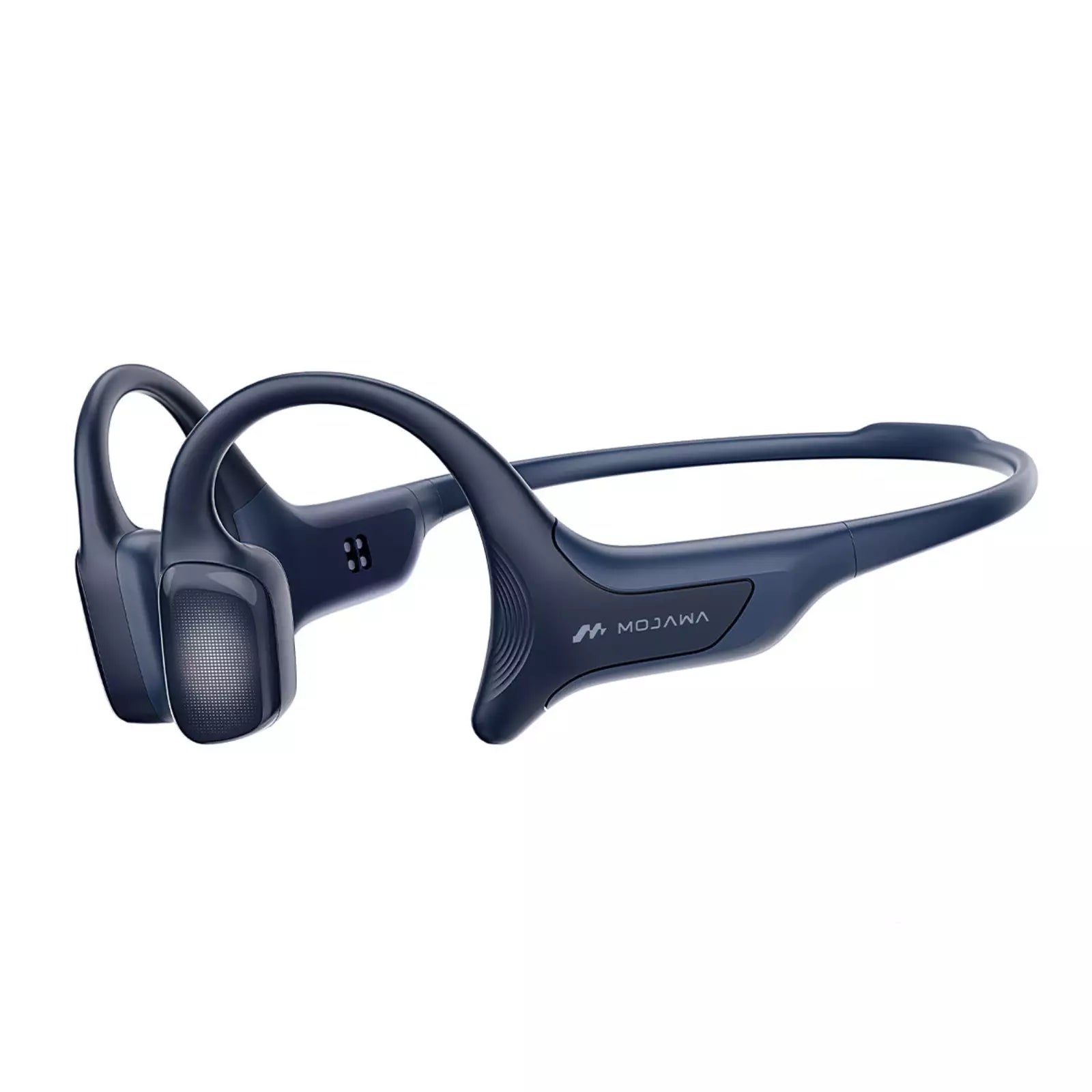What is Bone Conduction?
First let’s understand how we usually hear sound. Normal sound waves are tiny vibrations of particles in the air that travel into our ears. This is called air transmission. It is why traditional headphones need to seal off your ears for a better audio experience. With air transmission, headphones or earbuds need to contain the audio inside your ears for sound vibrations to travel directly into your ears.
Bone conduction, on the other hand, transmit sound vibrations through the bones of an user and the vibrations travel directly to the inner ear. Because sound bypasses the outer and middle parts of the ear, this method is used in hearing-aids for those suffering from hearing losses in the external and middle ear region
Fun fact: This is how we hear our own voices. The sound is heard from inside the ear, rather than outside.
Bone Conduction was also used by Ludwig Van Beethoven to “hear” sounds after he became deaf. By biting a metal rod and pressing it against his piano, audio waves are transmitted into physical vibrations which travels from his jawbone to his inner ear.
The Difference Between Bone Conduction Headphones and Air Conduction Headphones:
Traditional Headphones ( Air Conduction )
Most traditional headphones use speakers or drivers to produce sound. These speakers produce sound waves in the form of vibrations that pass through the air. When the sound waves enter our outer ear (pinna) and into our middle ear (eardrum), our eardrums decode the sound waves into a different type of vibrations and sent the signals to our inner ear (cochlea). The cochlea then converts the signals into electrical impulses and sent them along the auditory nerve to the brain.

Bone Conduction Headphones ( Bone Conduction)
Bone-conduction technology transmits sound vibrations through our jawbones. Bone conduction devices essentially replace our eardrums by decoding the sound waves and converting them into vibrations that are received by our jawbones. The vibrations then travel through the bones directly to the cochlea. As a result, the same electrical impulses are received by the brain.

How does Bone conduction Headphones Work?
1. Transducer converts audio data into vibrations
2. Vibrations travel along the user’s bone structure to the cochlea
3. The cochlea transmits the information to the auditory nerve as a signal to the brain














